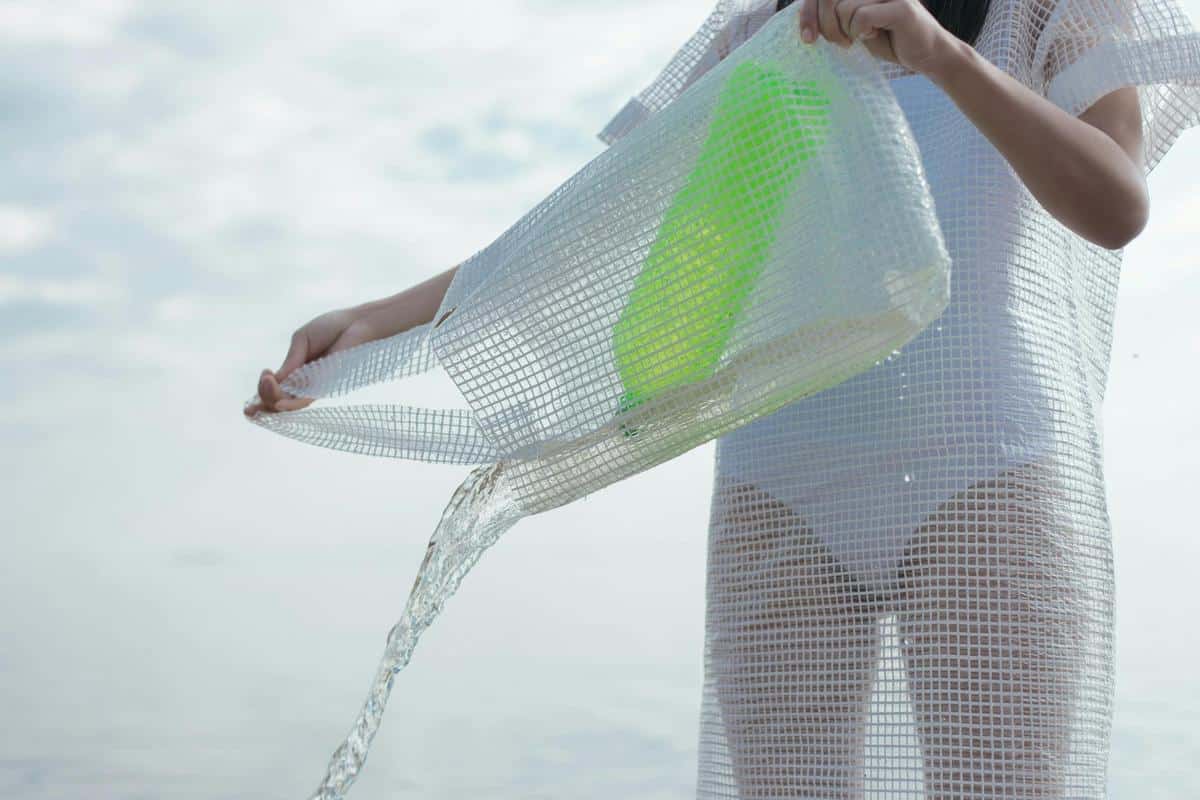
Innovative Textiles: The Future of Eco-Friendly Clothing
As the fashion industry evolves, a significant shift toward sustainability is reshaping how we think about clothing. Innovative textiles are at the forefront of this transformation, offering eco-friendly alternatives that promise a greener future for fashion enthusiasts and the planet alike.
The world of textiles is undergoing a revolution, driven by the urgent need for sustainable solutions in the fashion industry. From recycled materials to biodegradable fabrics, these innovations are changing the landscape of eco-friendly clothing.
Understanding Innovative Textiles
Innovative textiles are materials designed with sustainability at their core. They often involve the use of renewable resources or recycled materials, and they prioritize reducing environmental impact over the entire lifecycle of the garment. This approach not only aids in conservation but also aligns with the growing consumer demand for ethical fashion.
Expert Insights
According to Dr. Fiona Smith, a textile expert at the University of Eco-Studies, “The integration of technology and natural resources in textile production is paving the way for a more sustainable future in fashion.” Her research highlights the potential of these textiles to reduce waste and carbon footprints significantly.
Trends and Statistics
Recent studies indicate that the market for sustainable textiles is expected to grow by over 10% annually, reaching an estimated $9 billion by 2025. This growth is fueled by increasing awareness and demand for sustainable fashion choices among consumers globally.
Examples of Innovative Textiles
Consider the case of John, a small-scale designer who switched to using hemp and organic cotton for his clothing line. Not only did this move attract eco-conscious customers, but it also reduced water usage and pesticide application compared to traditional cotton.
Actionable Tips for Consumers
- Look for labels that certify sustainable practices, such as GOTS (Global Organic Textile Standard).
- Choose clothes made from recycled fibers or natural materials like bamboo or Tencel.
- Support brands that prioritize ethical production and transparency.
Pro Tip: Always check the care label for washing instructions to extend the life of your sustainable garments and maintain their eco-friendly benefits.
Comparing Textile Options
| Textile Type | Environmental Impact | Durability | Cost |
|---|---|---|---|
| Organic Cotton | Low | Moderate | Moderate |
| Bamboo | Very Low | High | Low |
| Hemp | Low | High | Low |
| Tencel | Very Low | High | Moderate |
| Recycled Polyester | Moderate | High | Moderate |
| Linen | Low | High | Moderate |
| Piñatex | Very Low | Moderate | High |
| Econyl | Low | High | High |
Frequently Asked Questions
What are innovative textiles?
Innovative textiles are materials developed with a focus on sustainability, often using renewable or recycled resources to minimize environmental impact.
How can I identify sustainable clothing?
Look for certifications like GOTS, research the brand’s practices, and opt for garments made from natural or recycled fibers.
Conclusion
The future of fashion is green, and innovative textiles are leading the charge. By embracing these materials, both consumers and producers can contribute to a more sustainable world. Whether you’re shopping for new clothes or revamping your wardrobe, consider the impact of your choices and opt for eco-friendly options that support sustainable practices.